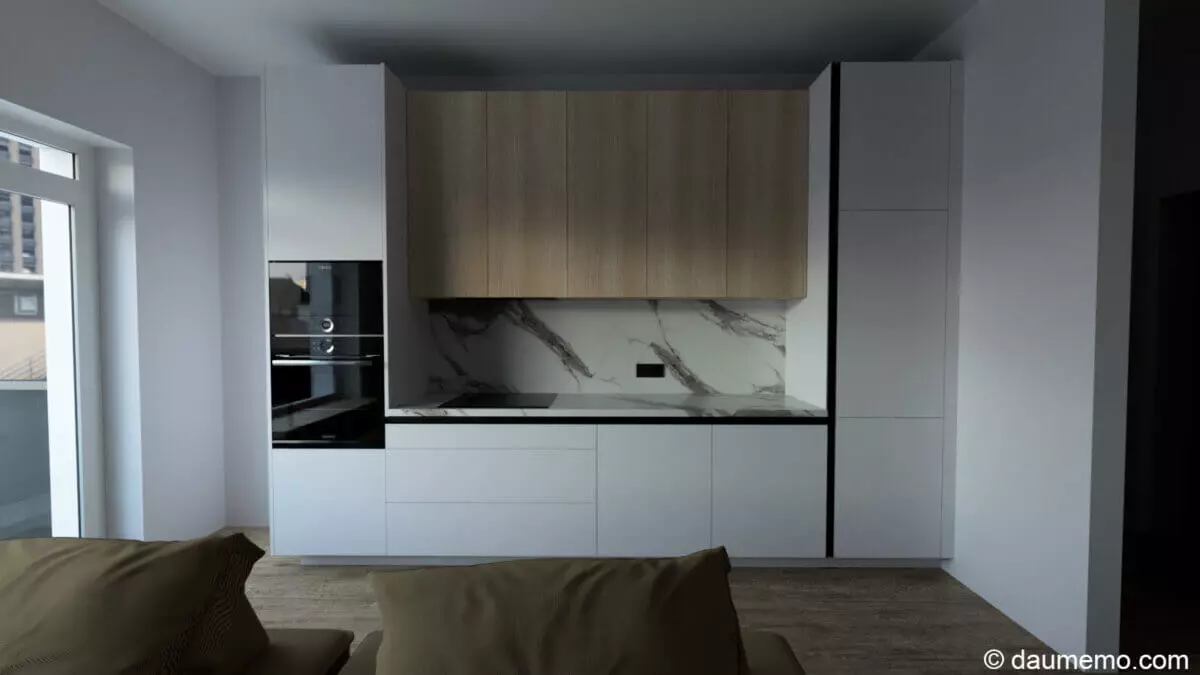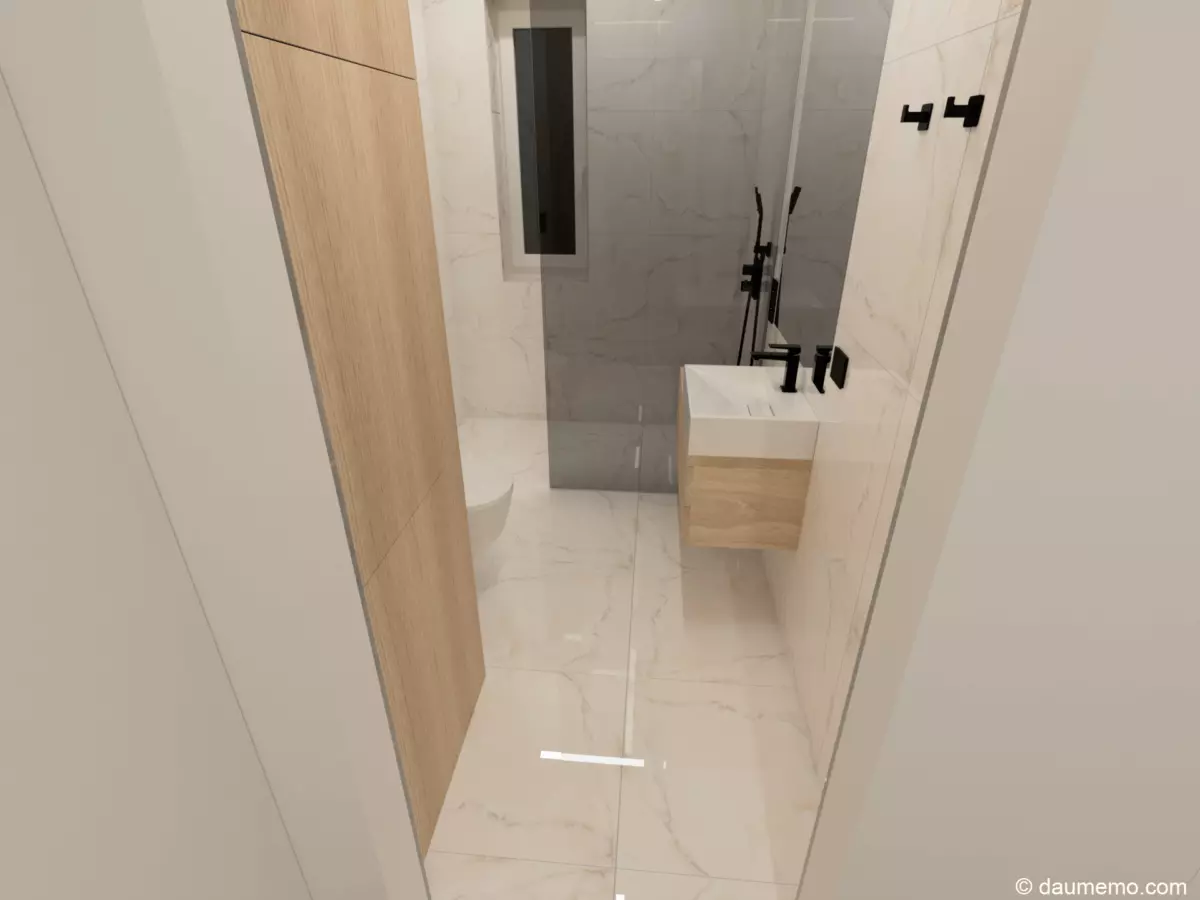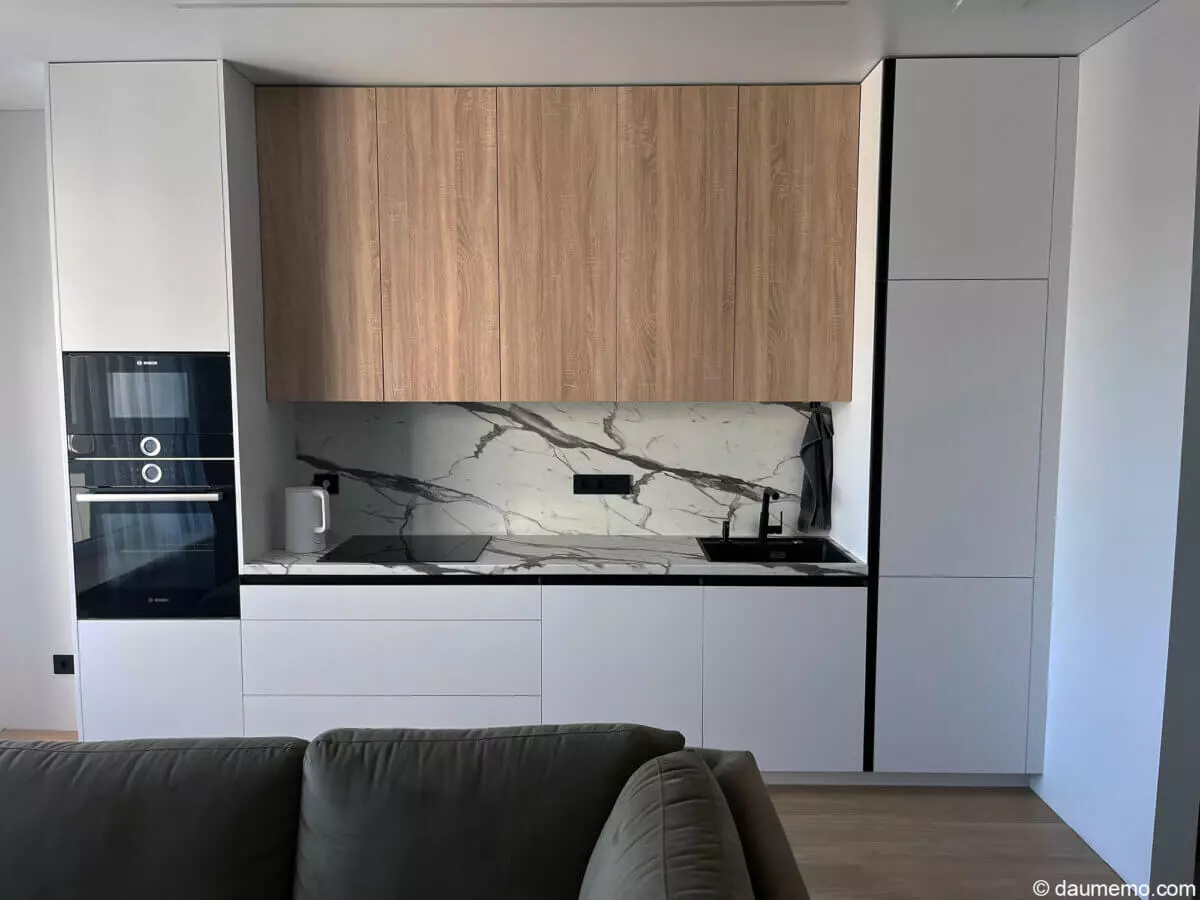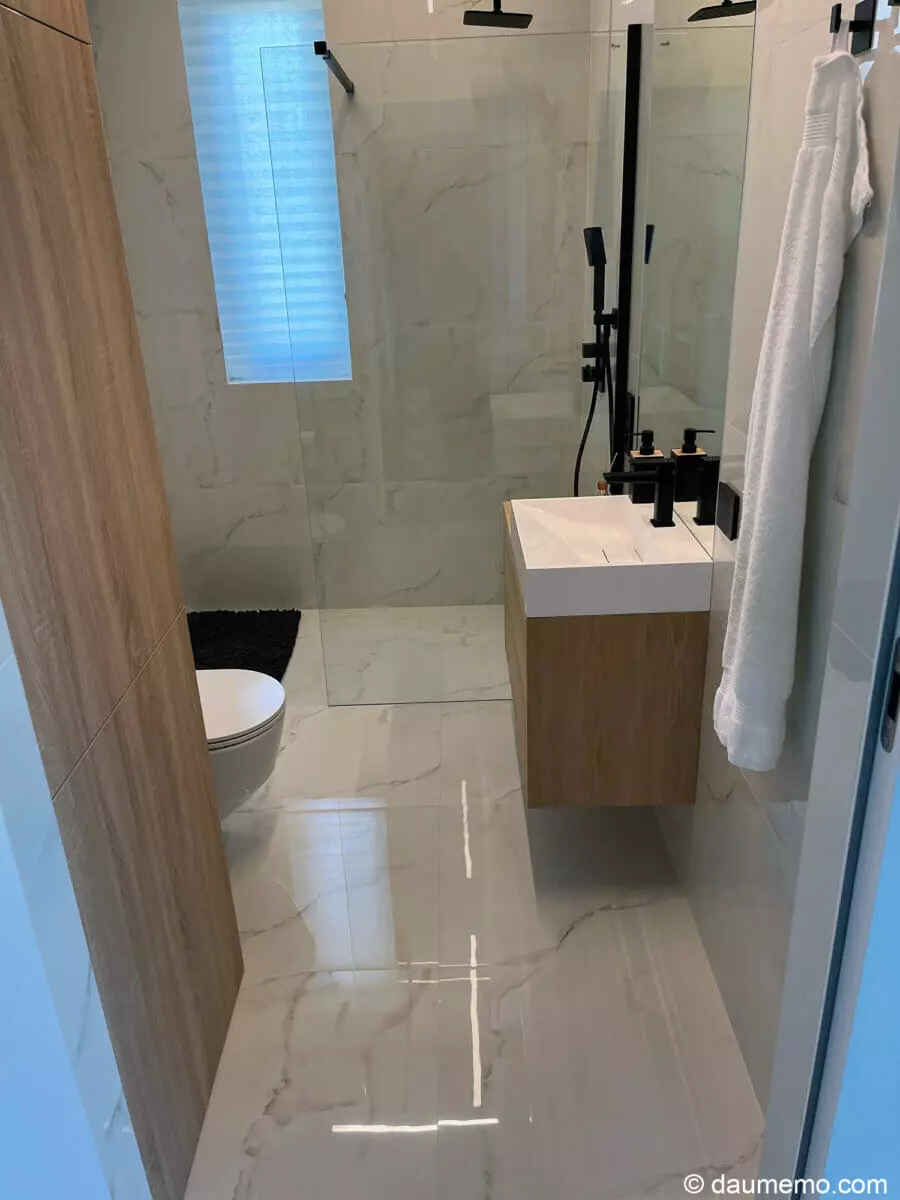Are you curious about using Fusion 360 for architectural and interior design? Look no further, because I'm here to share my personal experience and shed light on this topic. When I was searching for answers myself, I found that there wasn't much information available. So, let's dive in and explore how Fusion 360 can be used for these purposes.
What is Fusion 360?
Fusion 360, developed by Autodesk, is a powerful computer-aided design (CAD) and computer-aided manufacturing (CAM) software. It's a versatile tool that bridges the gap between 3D design, engineering, and manufacturing. Whether you're an industrial designer, engineer, architect, or maker, Fusion 360 offers a platform to bring your ideas to life.
The software allows users to create 3D models, generate toolpaths for CNC machining, and even create photorealistic renders. But how does Fusion 360 perform in the real world, especially in architectural and interior design? Let's explore its capabilities, strengths, and potential limitations.
Types of Licenses
Fusion 360 offers various license types to cater to different needs:
30-Day Trial
Experience the full spectrum of capabilities offered by Fusion 360 with a complimentary 30-day trial. During this trial period, you'll get unrestricted access to CAD, CAM, CAE, and PCB features. Explore the potential of Fusion 360 with various extensions at your disposal, unlocking advanced functionalities.
Fusion 360 - Complete Commercial Edition
Get everything that Fusion 360 offers through a subscription that grants you entry to a professional-grade cloud-based suite. Customize your Fusion 360 platform with extensions tailored to your specific requirements and workflow enhancements.
Fusion 360 for Startups
This free startup offering empowers qualifying new businesses to refine and showcase their products, expediting the journey to market success. If your company meets the qualifications, you can take advantage of Fusion 360's capabilities.
Fusion 360 - Limited Personal Edition (Hobbyist license)
Designed for hobbyists and non-commercial users, this edition provides comprehensive design, 3D modeling, and 3D printing functionalities. However, there are some limitations in other areas, and personal users do not have access to Fusion 360 extensions.
Fusion 360 for Education
An educational offering delivers a fully functional software version with minimal restrictions, making it an ideal learning tool. Verification as a student, educator, or design competition mentor is required to obtain this license.
What is Fusion 360 Good For?
Fusion 360 is a valuable tool for various professionals and enthusiasts across different industries:
-
Product Design and Industrial Engineering: Fusion 360's parametric modeling capabilities allow product designers and industrial engineers to create complex 3D models. They can easily iterate on designs, explore various configurations, and test prototypes virtually.
-
Mechanical Engineering: Mechanical engineers use Fusion 360 to design mechanical components, mechanisms, and machinery. The software's simulation features enable engineers to perform stress analysis, thermal analysis, and fluid flow simulations.
-
Aerospace and Automotive: The aerospace and automotive industries heavily rely on Fusion 360. Engineers in these fields use the software to design and analyze complex parts and assemblies, as well as optimize aerodynamics and fuel efficiency.
-
Prototyping and 3D Printing: Fusion 360's compatibility with 3D printers and additive manufacturing technologies makes it a top choice for designers and engineers working on rapid prototyping.
-
Makers and Hobbyists: Fusion 360's Hobbyist License makes it accessible to makers, DIY enthusiasts, and hobbyists. It provides a platform for creative projects, whether it's building custom furniture, crafting art pieces, or designing personal inventions.
In essence, Fusion 360's versatility and flexibility make it a go-to software for professionals in design, engineering, and manufacturing across various industries.
Fusion 360's Drawbacks
Like any software, Fusion 360 has some limitations and potential drawbacks to consider:
-
Subscription-Based Model: Fusion 360 is primarily available through a subscription-based pricing model, which may not suit users who prefer one-time purchases or free alternatives.
-
Internet Connection Requirement: Fusion 360 requires an internet connection for installation, activation, and periodic license verification, which may be inconvenient for users with unreliable internet access.
-
Learning Curve: While Fusion 360 is user-friendly compared to some other CAD software, it still has a learning curve, especially for beginners. It may take some time to get used to the interface and terminology.
-
Resource Intensive: Fusion 360 can be resource-intensive, especially when working with complex designs. Users with older or less powerful hardware might experience performance issues.
-
Advanced Simulation Limitations: While Fusion 360 offers simulation capabilities, it may not be as advanced or specialized as some dedicated simulation software for complex engineering analyses. Additionally, some simulation features may not be available in the Hobbyist license.
-
Compatibility Issues: Importing and exporting files to and from Fusion 360 can sometimes lead to compatibility issues, especially when dealing with non-native file formats or industry-specific standards.
-
Platform Specific: Fusion 360 primarily runs on Windows and macOS, so it may not be suitable for users who prefer Linux or other operating systems.
-
Cloud-Based Data Storage: Some users may have security concerns or find it inconvenient that Fusion 360 stores data on the cloud. Offline backups can only be made by exporting files to your desktop, which can be time-consuming.
Considering these factors, it's important to evaluate Fusion 360 based on your specific needs and requirements.
Fusion 360 Renderer: Bringing Your Designs to Life
Fusion 360's rendering capabilities allow you to transform your 3D models into visually stunning, photorealistic images. Here are some key points about Autodesk Rendering in Fusion 360:
-
Cloud-Based or Local: Autodesk Rendering can rely on cloud computing resources, offloading rendering tasks from your local computer. Alternatively, rendering can be done locally on your PC's CPU.
-
Easy to Use: Fusion 360's integration with Autodesk Rendering is designed to be user-friendly. Users can select their rendering settings and options within Fusion 360's interface and submit the rendering job to the cloud with a few clicks.
-
High-Quality Renders: Autodesk Rendering is capable of producing high-quality, photorealistic renders with advanced lighting, materials, and environmental settings.
-
Cost: Autodesk Cloud Rendering typically has a cost associated with it, while local rendering is free.
Why Use Fusion 360 for Interior Design?
At first glance, Fusion 360 may seem primarily targeted towards product designers and engineers. However, as a hobbyist, you can unleash your creativity and use this software for much more than 3D printed electronics or small DIY projects.
You can design cabinets with drawers, create furniture for your house, and add textures to your designs. By combining different elements in Fusion 360, you have the tools needed to create stunning interior designs and custom-manufacture furniture.
My Personal Reason for Using Fusion 360
During my previous projects, I used Fusion 360 for designing enclosures for my DIY electronics projects, as well as making renders for blog posts. So naturally, when I wanted to explore interior design, I turned to Fusion 360 because I was already familiar with the software. The render engine in Fusion 360 allows you to create life-like images of your designs.
The Results: Impressive Renderings
Let's jump straight to the end results. Here are examples of renders created using Fusion 360's rendering engine:

Above is a render image of a kitchen. And below, a bathroom render:

And here are the real photos of the same places:


In my opinion, Fusion 360's rendering engine can create images that come close to real life. However, the final verdict is up to you. Decide whether this software meets your rendering needs based on the examples provided.
Potential Challenges and Workarounds
While Fusion 360 has impressive rendering capabilities, there are some challenges you might encounter when using it for interior design:
File Support
Importing downloaded or bought 3D models in generic file formats can be challenging. Fusion 360 has limited file support, and the import process can be time-consuming. Some imported models may not be closed meshes, hindering the conversion to solid models.
Texture Import
Importing models with textures may not work smoothly. Manually adding textures using Fusion 360's own texture database or texture pictures might be necessary.
Texturing Imported Meshes
Texturing meshes in Fusion 360 can be difficult due to their triangular structure. Some textures may cover meshes unevenly, requiring adjustments and corrections. Converting meshes to solid bodies might help, but not all models can be converted.
Exporting Apartment Plans
While Fusion 360 can create detailed manufacturing drawings, it may not be suitable for producing architectural plans. Architects typically require software specifically tailored to their industry standards.
Rendering Organic Elements
Rendering "soft" elements like fire, water, or plants might be challenging since modeling and texturing such elements can be more complex. Further exploration is needed to determine how well Fusion 360 handles these elements.
In Summary
Fusion 360 has the capability to generate impressive renders, and while it may take more time compared to specialized rendering software, the results are often worth it. Its versatility as a CAD, CAM, Render, and Simulation all-in-one software makes it appealing for various professionals and hobbyists.
Consider Fusion 360's advantages and drawbacks, and evaluate it based on your specific needs. Whether you're an architect, interior designer, or hobbyist, Fusion 360 offers a wide range of possibilities to bring your creative ideas to life.









